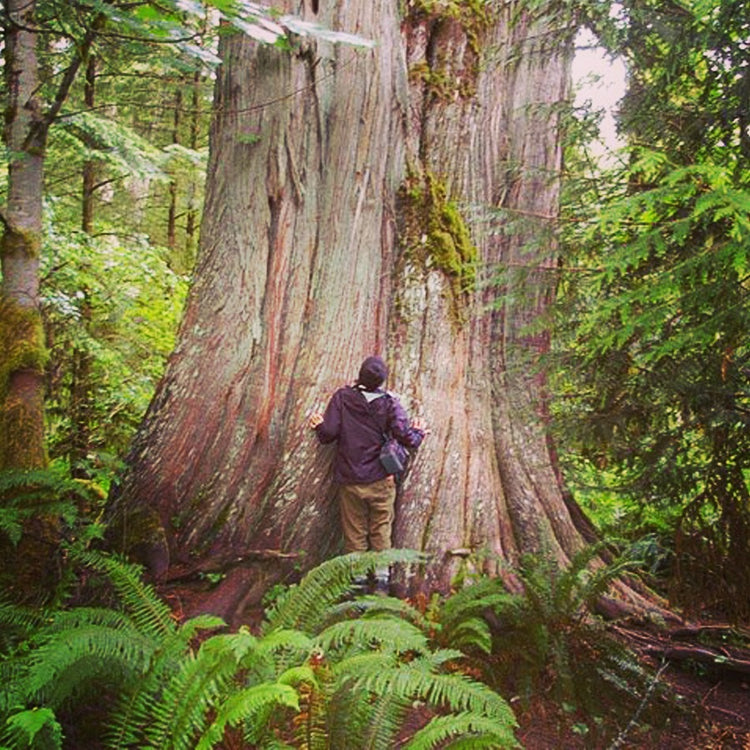Looking to save money on your monthly expenses? Water bills can be a significant drain on your budget, but with some smart strategies and simple changes, you can significantly reduce your water consumption and save money.
14 Proven Ways to Reduce Your Water Bill in 2025
Here's a comprehensive guide to help you lower your water bills in 2025.
1. Install Low-Flow Fixtures
Install WaterSense-labeled fixtures, which use at least 20% less water than standard fixtures. A low-flow showerhead (around $15-30 at Home Depot) can save up to 2,700 gallons annually.
2. Fix Leaky Faucets and Pipes
A dripping faucet can waste up to 3,000 gallons per year. Check for leaks regularly and repair them promptly. A basic plumbing repair kit costs $10-20 and can save hundreds on your water bill.
3. Install a Water-Efficient Toilet
Modern dual-flush toilets use 1.28 gallons per flush compared to older models using 3-5 gallons. The EPA estimates this can save a family of four up to $140 annually.
4. Use Your Dishwasher Efficiently
Run full loads only and skip pre-rinsing dishes. ENERGY STAR certified dishwashers use as little as 3 gallons per load, while hand washing can use up to 27 gallons.
5. Install a Smart Irrigation System
Smart sprinkler controllers like Rachio can reduce outdoor water usage by 30-50%, saving you $100+ annually.
6. Collect Rainwater
Use rain barrels to collect water for gardening. A 55-gallon rain barrel costs $50-100 and can save you significant money during growing season.
7. Time Your Showers
Limiting showers to 5 minutes can save up to 1,000 gallons monthly. Use a shower timer or play a 5-minute song as a guide.
8. Upgrade Your Washing Machine
ENERGY STAR certified washers use 25% less water. For more laundry savings, check out our guide on how to save money on laundry.
9. Install Water Monitoring Devices
Smart water monitors like Flume or Phyn can detect leaks and track usage in real-time, helping you optimize consumption.
10. Use Drought-Resistant Plants
Xeriscaping with native plants can reduce outdoor water usage by 50-75%. Local nurseries often offer native plant options.
Learn more about popular xeriscaping plants here.
11. Implement Gray Water Systems
Reuse water from sinks and washing machines for irrigation. Basic systems start at $200 but can save thousands of gallons annually.
12. Adjust Water Pressure
Install a pressure-reducing valve ($50-100) if your home's water pressure exceeds 60 psi to prevent waste and potential pipe damage.
13. Use Water-Saving Habits
Turn off taps while brushing teeth, collect shower warm-up water for plants, and keep drinking water in the refrigerator instead of running the tap.
14. Regular Maintenance
Schedule annual plumbing inspections ($100-200) to catch issues early. For more utility savings, explore our guide on reducing overall utility bills.
Final Words
Implementing these water-saving strategies requires some initial investment but can lead to significant long-term savings. Start with the most impactful changes for your situation and gradually implement more as your budget allows. Remember, saving water not only reduces your bills but also helps conserve this precious resource for future generations.
Related Articles
Frequently Asked Questions About Reducing Water Bills
How much can I save by implementing water-saving measures?
The average household can save 30-50% on their water bill by implementing comprehensive water-saving measures. This typically translates to $200-600 annual savings, depending on your current usage and local water rates.
Which water-saving measure provides the fastest return on investment?
Fixing leaky faucets and pipes typically provides the fastest ROI, as a single leaking faucet can waste up to 3,000 gallons annually. Simple repairs often cost under $20 and can start saving money immediately.
Are water-efficient appliances worth the investment?
Yes, water-efficient appliances are usually worth the investment. ENERGY STAR certified washing machines and dishwashers can pay for themselves within 2-3 years through reduced water and energy bills, saving an average of $50-100 annually.
How can I tell if I have a water leak?
Check your water meter reading, then avoid using water for 2 hours. If the meter reading changes during this time, you likely have a leak. Also look for unusually high water bills, damp spots, or mold growth as indicators of potential leaks.


